Defeat of the Far Eastern Army. How the "Chita plug" was eliminated
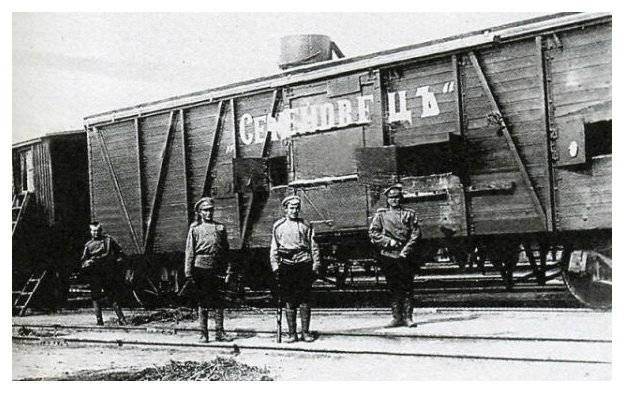
100 years ago, Soviet troops inflicted a decisive defeat on the White Far Eastern Army and liberated Chita. Ataman Semyonov and the remnants of his army fled to Manchuria.
General situation in Transbaikalia
Before his arrest, in January 1920, the "supreme ruler" Kolchak handed over to General Semyonov the entirety of military and state power on the territory of the "Russian eastern outskirts". Ataman Grigory Semyonov formed the Chita government. In February 1920, the remnants of Kolchak's army merged with Semyonov's units. The White Far Eastern Army was created under the command of General Voitsekhovsky. Then he quarreled with the supreme commander and the army was led by Lokhvitsky. The army consisted of three corps: 1st Transbaikal Corps (Chita Rifle and Manchurian Special Ataman Semenov Division), 2nd Siberian Corps (Irkutsk and Omsk Rifle Divisions, Volunteer Brigade and Siberian Cossack Regiment), 3rd Volga Corps (Ufa , Consolidated rifle and Orenburg Cossack divisions, Volzhskaya consolidated separate named after General Kappel and the 1st separate cavalry brigade). Also, Semyonov's army was supported by local Transbaikal, Amur and Ussuri Cossacks, the Asian Cavalry Division of Baron von Ungern.
The Red Army stopped at the edge of Lake Baikal. This was due to military and political reasons. The Soviet troops were quite capable of finishing off the White Guards and White Cossacks in Transbaikalia. However, here the interests of Soviet Russia clashed with the plans of Japan. The Japanese played their own game during the Russian Civil War. When the United States and other Entente powers began to withdraw from Siberia and the Far East, Japan remained. The Japanese wanted to preserve the buffer puppet formations in the Far East, to include them in the orbit of the Japanese Empire. The Japanese had a strong, well-armed and disciplined army in Russia. They could actively support the anti-Soviet, White Guard forces, create a strong threat to the Soviets like Kolchak's army. With the continuing turmoil in the country and the war with Finland and Poland, Moscow could not afford a war with the Japanese Empire.
Therefore, the Soviet government came up with an interesting move. In April 1920, the buffer Far Eastern Republic (FER) was established with its capital in Verkhne-Udinsk (now Ulan-Ude). The FER included the Amur, Trans-Baikal, Kamchatka, Primorsk and Sakhalin regions. The rights of Russia in the CER zone were transferred to her. But at first, the power of the Provisional Government of the Far Eastern Republic actually extended only to the territory of Western Transbaikalia. Only in August 1920 did the executive committee of the Amur Region agree to submit to the Provisional Government of the Far Eastern Republic. At the same time, the western and eastern regions of the Far Eastern Republic were divided by the "Chita plug" - the regions of Chita, Sretensk and Nerchinsk occupied by the Semyonovites and the Japanese. Formally, it was an independent state with all the appropriate symbols and institutions, with a capitalist economy, but de facto completely subordinate to Moscow. On the basis of Soviet divisions and red partisans, the People's Revolutionary Army (NRA) was created. The creation of the FER made it possible to avoid a war with Japan and, at the same time, with the help of the NRA, finish off the White Guards in the Far East.
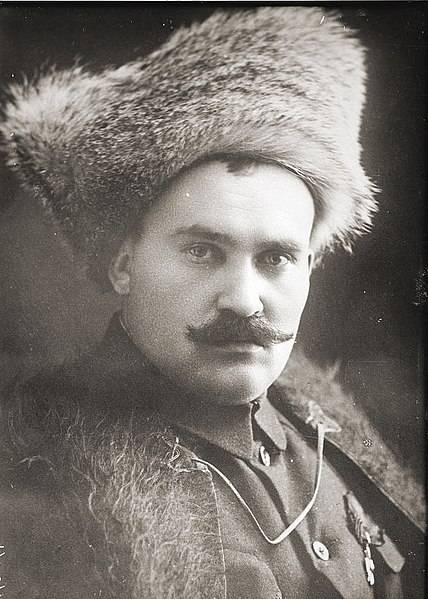
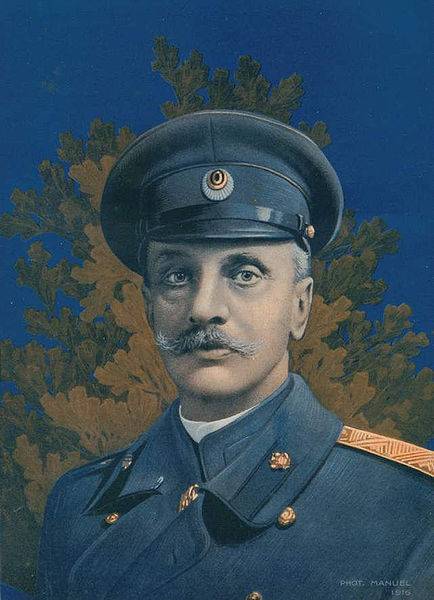
Chita operations
The strength of the White Far Eastern Army in March-April 1920 in the Chita region was about 20 thousand soldiers with about 80 guns and 500 machine guns. The ongoing peasant war, the actions of the red partisans forced the white command to keep more than half of its forces in the Nerchinskaya and Sretenka regions. To the west of Chita and in the city itself there were about 8,5 soldiers. Also, the whites were supported by the Japanese 5th Infantry Division - over 5 thousand people with 18 guns.
In order to eliminate the "Chita plug", the DRA government organized an offensive. The NRA under the command of Heinrich Eikhe at that time included the 1st Irkutsk Infantry Division, the partisan detachments of Morozov, Zykin, Burlov, and others. The Transbaikal Infantry Division and the Transbaikal Cavalry Brigade were in the stage of formation. The first Chita operation involved about 10 thousand soldiers with 24 guns and 72 machine guns. Before the start of the operation, on April 4-5, the red partisans attacked and for several hours captured the Sretensk station, diverting the enemy's attention to the eastern flank. On April 10-13, the offensive of the main forces of the People's Revolutionary Army began. Since the Japanese took up positions along the railway, the Reds inflicted the main blow from the north through the passes of the Yablonevy Range. Here the left column under the command of Burov (more than 6 thousand people) advanced. Lebedev's right column (2,7 thousand people) was supposed to go along the railway line. It came out to Chita from the southwest. The Japanese withdrew to Chita, Lebedev's detachment went to the Gongota station, where the Reds were stopped by the Whites and the Japanese.
The 1st brigade of the Irkutsk division crossed the passes and descended into the Chitinka river valley. The NRA troops began to advance from the north to Chita. From the northwest and west, the offensive was supported by the 2nd and 3rd brigades of the NRA. The White Guards rolled back to Chita, the threat of their decisive defeat arose. On April 12, Burov's detachment broke through to the northern outskirts of Chita, but under pressure from the Japanese, the people's army retreated. As a result, the Semyonov regime was held out only with the help of the Japanese invaders. In addition, the NRA did not have a decisive superiority in numbers and weapons.
By the beginning of the second Chita operation, the NRA was significantly strengthened. To coordinate actions with the partisans, the Amur Front was created on April 22 (commander D.S.Shilov, then S.M. Seryshev). He numbered 20 thousand bayonets and sabers. Now the White Army had to fight on two fronts. However, the enemy also grew stronger. The Japanese Chita group was reinforced by an infantry regiment and a combined detachment of 3 deployed across the Manchuria station. The NRA command divided the troops into three parts: the right column under the command of Kuznetsov was advancing around Chita from the south; the middle column of Neumann from the west; the left column of Burov - from the north and north-east. Partisan detachments of the Amur Front operated on Sretensk and Nerchinsk. The main blow was delivered: from the north - the Burov detachment (1st and 2nd brigades of the 1st Irkutsk division) and from the south - the Neumann column (3rd brigade). The offensive began on April 25, but by early May it had already failed. The failure was caused by control errors, inconsistency in the actions of the three columns and the Amur partisans. As a result, the Semyonovites were able to carry out a maneuver along the internal operational lines, transfer reinforcements and drive back the enemy.
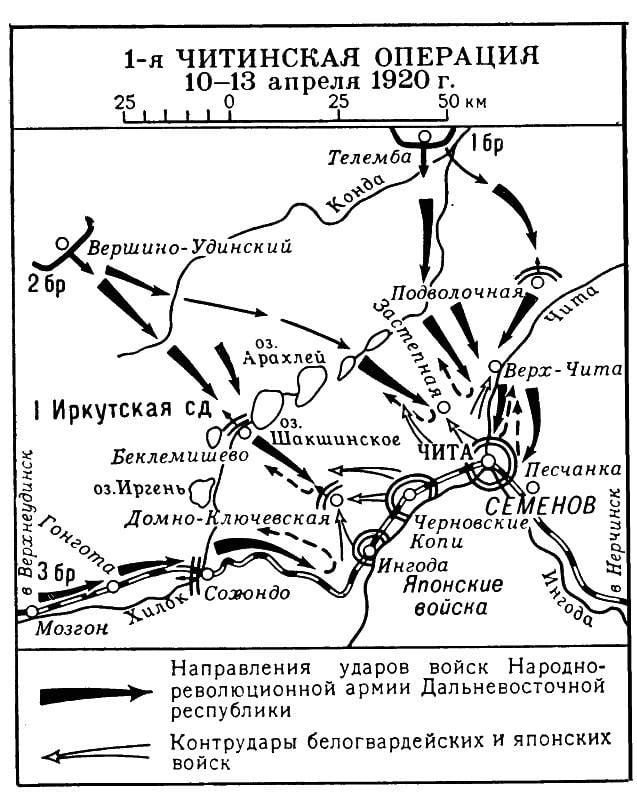
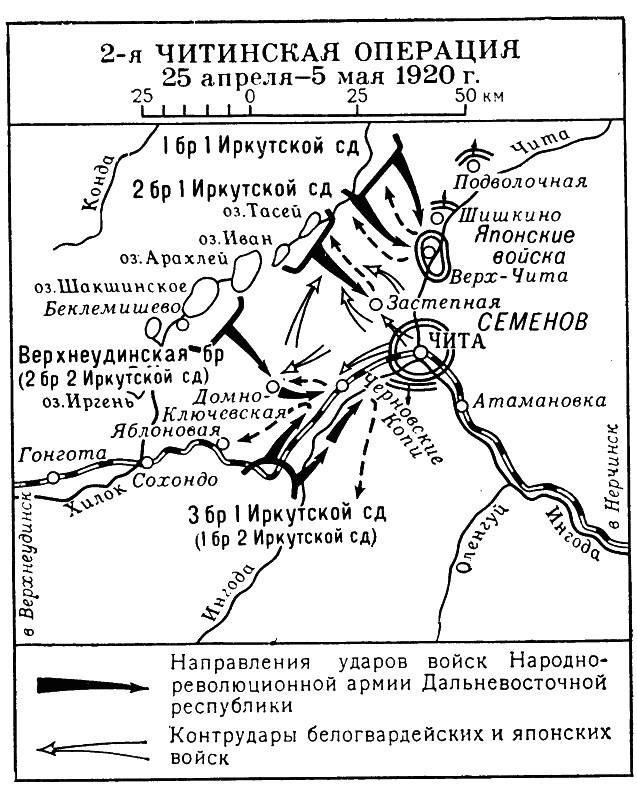
Defeat of the Far Eastern Army
In the summer of 1920, the position of the FER was strengthened, and the position of the Semenov government worsened. In June-July 1920, the White Guards launched their last broad offensive in Transbaikalia. Ungern's division operated in the direction of the Aleksandrovsky and Nerchinsky factories in coordination with the 3rd rifle corps of General Molchanov. White could not succeed. In August, Baron von Ungern took his detachment to Mongolia. The Amur front received reinforcements in the form of a group of military and political advisers. The partisan units will be reorganized into regular regiments. The combat capability and discipline of the troops of the Amur Front has increased significantly. The expansion of the scope of the partisan movement created a real threat of losing the Japanese army's communications along the Manchurian road. Also, Western countries put pressure on Tokyo. The Japanese government was forced to negotiate with the FER authorities. Negotiations began on May 24 at the Gongota station and proceeded with great difficulty. An armistice was concluded in July. The Japanese began to evacuate troops from Chita and Sretensk. First of all, the Japanese left the eastern regions of Transbaikalia.
At the same time, units of the 2nd Rifle Corps of the White Far Eastern Army were evacuated from these areas, which were relocated to the Adrianovka-Olovyannaya area. In connection with the evacuation of the Japanese army, a split arose in the ranks of the white command. In August-September 1920, discussions began on the evacuation of the White Army. Most of the commanders believed that it was necessary to leave Transbaikalia for Primorye. It was not only the military support of the Japanese, but their supply lines. Without supplies, the Far Eastern Army was doomed. In Primorye, since World War II, warehouses with weapons, ammunition and equipment. Commander-in-Chief Semyonov believed that the White Guards would survive in Transbaikalia even without the Japanese and the Reds would not break through Chita. The Far Eastern army at that time consisted of about 35 thousand bayonets and sabers, 40 guns, 18 armored trains. But the army was weakened by disagreements among the command, the departure of the Japanese, which caused a drop in the spirit of the soldiers. There was also hope for the possibility of an agreement with the FER, which caused the decomposition of the troops.
A neutral zone was established to the west of Chita. Therefore, the center of gravity of the struggle against the Semyonovites was transferred to the zone of operations of the Amur Front. The front consisted of up to 30 thousand soldiers, 35 guns, 2 armored trains. The NRA command planned to hide behind self-defense squads, partisans, who allegedly did not recognize either white or red. The offensive of the Amur Front was covered by a "people uprising". The partisans began active operations north and south of Chita on October 1, 1920. By the time the Japanese troops were withdrawn from Chita on October 15, 1920, NRA units took up their initial positions and began a decisive offensive. The main blow was delivered along the line Nerchinsk - Karymskaya station. This blow came as a surprise to White. In Chita, they got used to a rather long (during the Civil War) peaceful pause. Negotiations were conducted between Chita and Verkhe-Udinsk. In Transbaikalia, they began to believe in the "independence" of the Far Eastern Republic from Soviet Russia, in the possibility of elections to the Constituent Assembly, which would unite Transbaikalia and the Far East. The former Kappelites, led by General Voitsekhovsky, even suggested including their corps (2nd and 3rd corps) in the NRA. However, all these negotiations only concealed the preparation of the people's army for a decisive strike.
On the morning of October 19, the 5th brigade struck at the station of Urulga, which was defended by the White Guard brigade. The enemy was surprised by the appearance of 4 tanks, secretly taken out by the underground workers of Vladivostok from military warehouses and brought to Transbaikalia. Taking Urulga and Kaidalovo, the Reds captured the Chinese patrol the next day, intercepting the Chita-Manchuria railway. On the evening of the 21st, the people's army went to the outskirts of Chita. On the same day, on the eastern flank, the Reds took Karymskaya and Makkaveevo. The Whites began to evacuate from Chita, where the day before the uprising of the Red fighting squads. Molchanov's 3rd corps left the city without a fight. Ataman Semyonov himself, having abandoned his army, fled from Chita in an airplane.
On the morning of October 22, 1920, units of the NRA occupied Chita. Semyonovtsy, having managed to break through to Karymskaya, destroyed armored trains at the Kruchina station, crossed the river. Ingoda and moved south along the Akshinsky tract. After that, the main events shifted to the Manchurian branch, where the 2nd and 1st corps of the Far Eastern Army were located. The white command made a desperate attempt to turn the battle in their favor in order to carry out the evacuation in favorable conditions. On October 22, units of the 2nd corps attacked Agu and tried to break through to Karymskaya. For three days stubborn battles lasted, counterattacks by the White Guards were repelled. On October 28, the 2nd Amur Rifle Division struck at Mogoytui. Under the threat of encirclement, White retreated to Tin, but could not hold out there either. The possibility arose of a new "cauldron" created by the breakthrough of units of the 1st Amur division in Byrka, the Semyonovites retreated to Borza, then to Matsievskaya. The red cavalry cut off the enemy's ability to retreat to Manchuria by rail. The remnants of the White Army tried to recapture Matsievska, but could not. Desperate to escape along the railroad, the White Guards were forced to leave across the steppe, abandoning 12 armored trains, heavy weapons (guns and machine guns) and the bulk of the ammunition.
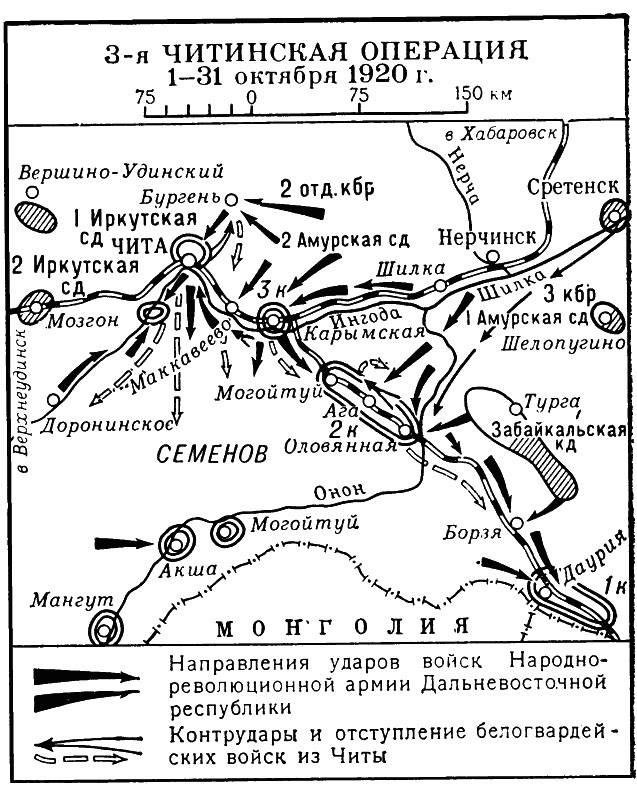
In November, the defeated units of the Far Eastern Army under the command of General Verzhbitsky went to Manchuria. During the movement along the Chinese Eastern Railway, the white units were mostly disarmed by the Chinese authorities. The White Guards settled in the strip of the Chinese Eastern Railway and in Harbin, which was then considered a "Russian" city. Part of the Semyonov Cossacks in the form of white partisan detachments settled in Buryatia, Mongolia and Tuva. Another part went over to the side of the Red Army or the Red partisans. Semyonov tried to restore his power, but was turned away by most of the commanders. Then the ataman went to Primorye, where the Japanese were still standing and power belonged to the coalition government. But even there he was not accepted and sent away. In 1921, under the guise of workers, many former Kapelev and Semyonovites arrived in Primorye and in the spring seized power in Vladivostok.
Thus, the "Chita plug" was eliminated. Chita became the new capital of the Far Eastern Republic, its western and eastern parts were united.
Information